Xylazine Hcl
Product Details:
- Loss on Drying 1.0%
- HS Code 29420090
- Storage Room Temperature
- Melting Point 131 135 C
- Molecular Weight 256.80 Grams (g)
- Solubility Freely soluble in water, ethanol, and methanol
- Molecular Formula C12H16N2S
- Click to View more
Xylazine Hcl Price And Quantity
- 1000.0 INR/Kilograms
- 5 Kilograms
Xylazine Hcl Product Specifications
- Room Temperature
- White crystalline powder
- 29420090
- 7361-61-7
- 1.0%
- Medicine Grade
- 131 135 C
- 256.80 Grams (g)
- Primarily used as a sedative, analgesic, and muscle relaxant in veterinary medicine. Commonly used for sedation and anesthesia in large animals (horses, cattle, etc.). Sometimes used in combination with other agents for immobilization. Not approved for human use; strictly veterinary.
- 99.9
- Freely soluble in water, ethanol, and methanol
- 212-657-9
- C12H16N2S
- Pharmaceutical Intermediates
- Powder
- 10 ppm
- 4.5 6.0
- D90 100 m
Xylazine Hcl Trade Information
- Cash in Advance (CID), Letter of Credit at Sight (Sight L/C), Letter of Credit (L/C)
- 10000 Kilograms Per Month
- 7 Days
- No
- DRUM
- WE PROVIDES ALL KIND OF CERTIFICATIONS AS YOU REQUIRED
Product Description
We are offering high quality of Xylazine Hydrochloride . We are known for manufacturing, exporting, distributing, trading and supplying Xylazine Hydrochloride in in Gujarat, India. Further, this is safely packaged by our professionals in diverse packaging options that maintain its purity and effectiveness.
Shreeji Pharma International is leading Manufacturer, Exporter, Distributor, and Supplier Xylazine Hydrochloride in Gujarat. India. Shreeji Pharma International manufacturing & gmp; supplying all products under GMP site with all types of regulatory supports.
Shreeji Pharma International is the largest manufacturer, Exporter and supplier of Xylazine Hydrochloride . Nowadays Shreeji Pharma International is one of the leading manufacturer and exporter, who is manufacturing Xylazine Hydrochloride as well as Intermediates of Xylazine Hydrochloride .
Shreeji Pharma International is exporter, supplier, distributor and manufacturers of the Active Pharmaceuticals Ingredients in many countries for many years.
Shreeji Pharma International currently export Xylazine Hydrochloride to countries like Gulf Countries, South East Asia countries, African Countries, CIS Countries, LATAM countries, Central American Countries and in European countries.
Xylazine Hydrochloride is a sedative, analgesic, and muscle relaxant that is primarily used in veterinary medicine. It is a alpha-2 adrenergic agonist that works by inhibiting the release of norepinephrine in the central nervous system, resulting in sedation, pain relief, and muscle relaxation. Xylazine hydrochloride is most commonly used in large animal anesthesia and for the sedation of wildlife, but it can also be found in some combination drugs for veterinary use.
General Information:
Chemical Name: 4,5-Dihydro-1H-imidazole-2-yl-(2,6-dimethylphenyl)methanol hydrochloride.
Molecular Formula: C12H16N2.HCl.
CAS Number: 7361-61-7.
Brand Names: Rompun, Sedazine, and others.
Drug Class: Alpha-2 adrenergic agonist.
Mechanism of Action:
Xylazine works by stimulating alpha-2 adrenergic receptors in the central nervous system, particularly in the brainstem. Activation of these receptors inhibits the release of norepinephrine, leading to a decrease in sympathetic nervous system activity. This results in:
Sedation A calming effect on the animal.
Analgesia Pain relief, particularly for moderate to severe pain.
Muscle Relaxation Reduces muscle tone, helping to facilitate procedures in animals.
In addition to the central effects, xylazine also affects peripheral vasoconstriction, leading to mild hypertension followed by hypotension as its sedative effects become prominent.
Uses:
Xylazine hydrochloride is primarily used in veterinary settings for various purposes:
Sedation: For short-term sedation of animals during procedures such as physical examinations, diagnostic imaging, or minor surgeries.
Anesthesia: Xylazine is often used as a pre-anesthetic agent, particularly when combined with other drugs to induce general anesthesia in animals.
Muscle Relaxation: Used for its ability to relax muscles, particularly during surgical or diagnostic procedures in large animals.
Analgesia: Provides pain relief, especially in large animals like cattle, horses, and wildlife.
Wildlife Handling: Used for tranquilizing wild animals during capture and transport.
Dosage and Administration:
Xylazine is administered intramuscularly (IM), intravenously (IV), or subcutaneously (SC) in veterinary practice. The dosage depends on the species of animal, its weight, and the desired effect.
Horses: The usual dose is between 0.5 to 1.1 mg/kg of body weight when used for sedation or anesthesia.
Cattle: The dosage is typically around 0.05 to 0.1 mg/kg for sedation.
Small Animals (Dogs and Cats): Xylazine is often used in doses of 0.5 to 2 mg/kg for sedation or pre-anesthesia.
Dosages are typically adjusted depending on the animal's response, and the drug may be used in combination with other sedatives or anesthetics to produce a desired effect.
Side Effects:
Xylazine hydrochloride is effective, but it can also cause side effects, especially if used improperly or in excessive doses. Some of the common side effects include:
Common Side Effects:
Bradycardia (slow heart rate) Due to the inhibition of sympathetic nervous system activity.
Hypotension (low blood pressure) Xylazine can initially cause vasoconstriction, leading to a temporary increase in blood pressure, followed by a drop as sedation takes effect.
Respiratory depression A decrease in respiratory rate or shallow breathing can occur, which is why it should be used with caution, especially in animals with pre-existing respiratory conditions.
Vomiting and gastrointestinal upset Especially common in dogs and cats after administration.
Drowsiness Sedation is the intended effect, but excessive sedation can lead to lethargy and prolonged recovery times.
Diuresis (increased urination) A known side effect due to the drug's impact on the renal system.
Serious Side Effects:
Severe bradycardia or arrhythmias Very slow or irregular heart rhythms may occur in some animals.
Severe hypotension Excessive drops in blood pressure may occur in some cases, particularly with overdose or overuse.
Tissue necrosis (with injection site reactions): If injected improperly, particularly subcutaneously, xylazine can cause local tissue damage.
Prolonged sedation If the dose is too high, sedation effects may last longer than expected, requiring supportive care.
Overdose Symptoms:
Overdosing with xylazine can result in severe sedation, bradycardia, hypotension, and respiratory depression. In extreme cases, overdose may lead to coma or death. If overdose is suspected, immediate veterinary attention is required.
Precautions:
Pre-existing Health Conditions:
Caution is required when using xylazine in animals with cardiac or respiratory conditions, as it may exacerbate bradycardia or cause significant respiratory depression.
Dehydration or shock in animals may increase the likelihood of severe hypotension.
Combination with Other Drugs:
Xylazine is often combined with other sedatives, anesthetics, or analgesics to produce the desired effect. The combination must be used carefully to avoid excessive sedation or cardiovascular complications.
When used in combination with opioids or benzodiazepines, xylazine's sedative effects can be amplified, and the animal may require monitoring for prolonged sedation.
Withdrawal Time in Food Animals:
Cattle and other livestock treated with xylazine may require a withdrawal period before their products (milk or meat) are deemed safe for human consumption. This varies based on local regulations and the specific formulation used.
Handling of Wildlife:
Wildlife may react unpredictably to xylazine, and its effects can be long-lasting. Careful monitoring and possible antagonism with Yohimbine (an alpha-2 adrenergic antagonist) are often used in wildlife tranquilization.
Antagonism:
Xylazine's sedative effects can be reversed by Yohimbine or Atipamezole, which are alpha-2 adrenergic antagonists. These drugs work by reversing the effects of xylazine, such as sedation and bradycardia. They are often used in emergency situations where reversal is necessary, especially in overdoses or prolonged sedation.
Storage:
Xylazine Hydrochloride should be stored in a cool, dry place, away from light, to maintain its stability and effectiveness.
The medication should be kept out of reach of children and pets.
Expiration Date: Check the expiration date before use to ensure the drug is still safe and effective.
Conclusion:
Xylazine Hydrochloride is a potent sedative and muscle relaxant used predominantly in veterinary medicine for the sedation, anesthesia, and pain management of large animals, including cattle, horses, and wildlife. Its ability to induce sedation and analgesia makes it valuable in various medical and procedural applications. However, care must be taken in its administration to avoid potential side effects like bradycardia, hypotension, or prolonged sedation. The use of antagonists like Yohimbine can reverse the effects of an overdose or excessive sedation.

Price:
- 50
- 100
- 200
- 250
- 500
- 1000+


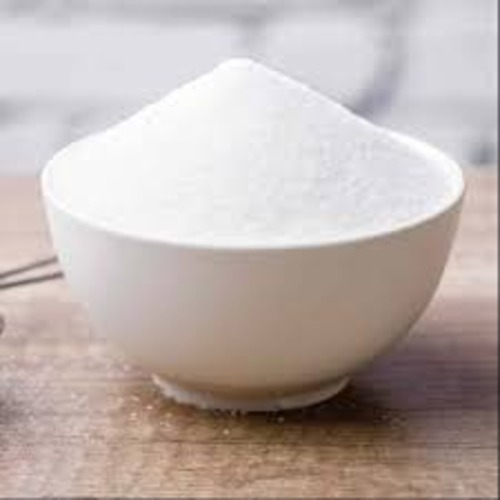
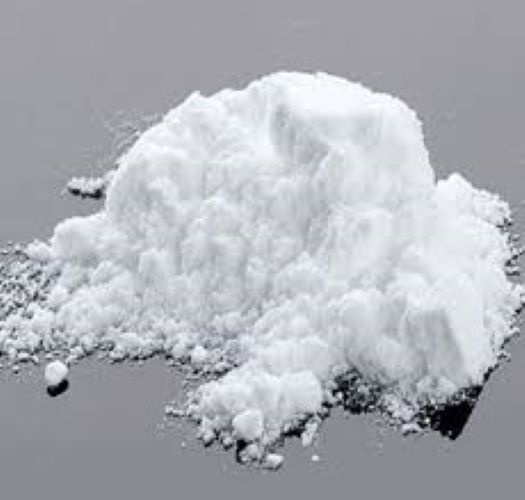



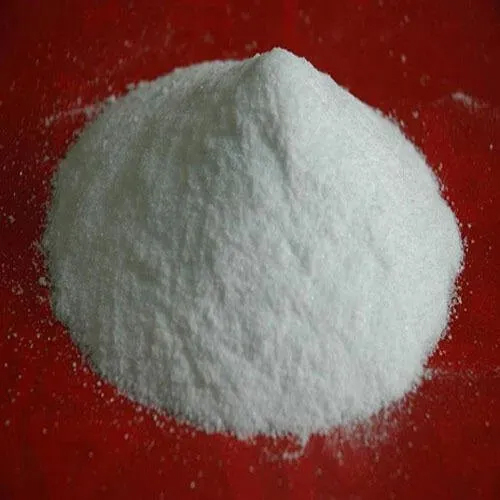
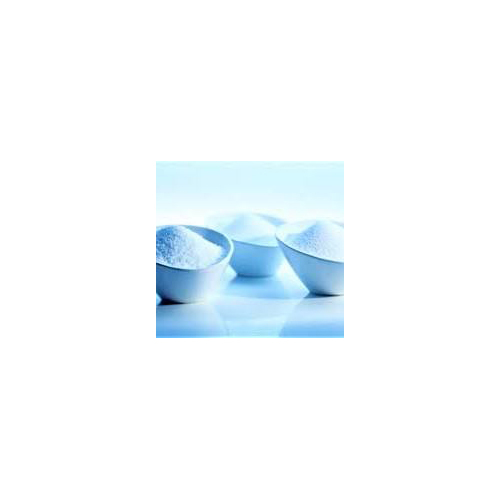

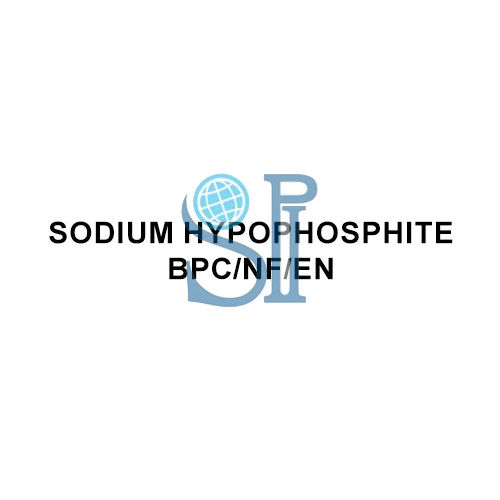
 : nilesh.sheth70
: nilesh.sheth70
